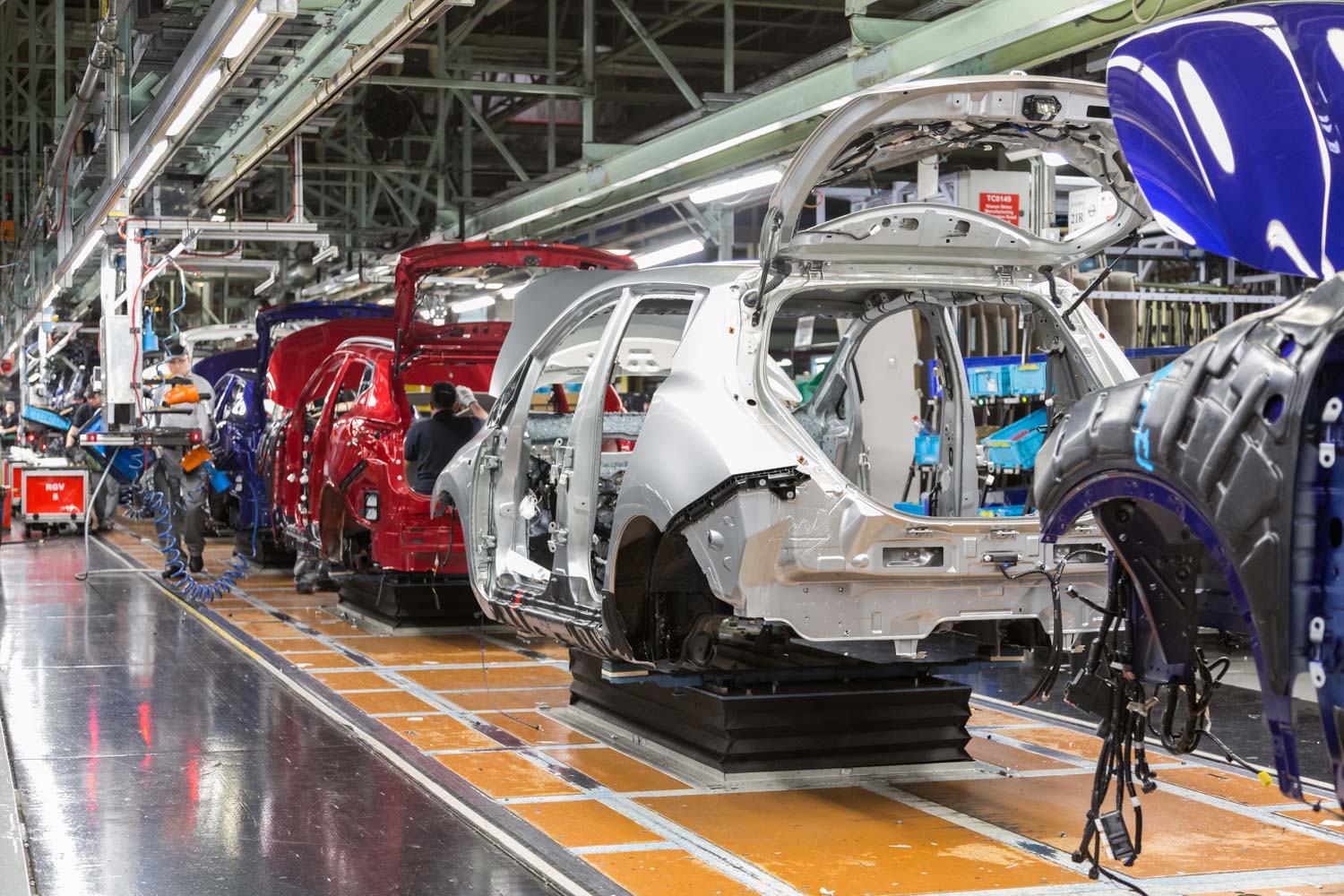“The ransomware was said to have exploited a Windows security weakness, encrypting data on computers and holding it at ransom”

For those of you that haven’t read the news, Friday’s ransomware attack affected tens-of-thousands of computers in almost 100 countries across the world, and reports state that French auto giant Renault became the first major French company to be hit — an English plant of Renault’s alliance partner Nissan was also hit by the attack.
Production was stopped of Renault’s European plants as a result of the attack, affecting operation as data on computers was encrypted and held at ransom, according to a Renault spokesman.

A Nissan spokesman has confirmed that their Sunderland, England, plant was affected by the ransomware but wouldn’t confirm whether production was halted as a result. The plant manufactures the Nissan Leaf, Qashqai, Note and Juke as well as the Infiniti Q30 and QX30.
The ransomware was said to have exploited a Windows security weakness that Microsoft had already released a patch for, however was still able to wreak considerable amounts of havoc on devices which had yet to be updated — a poignant reminder to update your computer, especially if they control production at your vehicle manufacturing plant …Renault has said that proactive measures have now been put in place.
Following this, a Paris prosecutor has opened an investigation into the attack, which covers “Renault and other possible victims,” according to reports.


